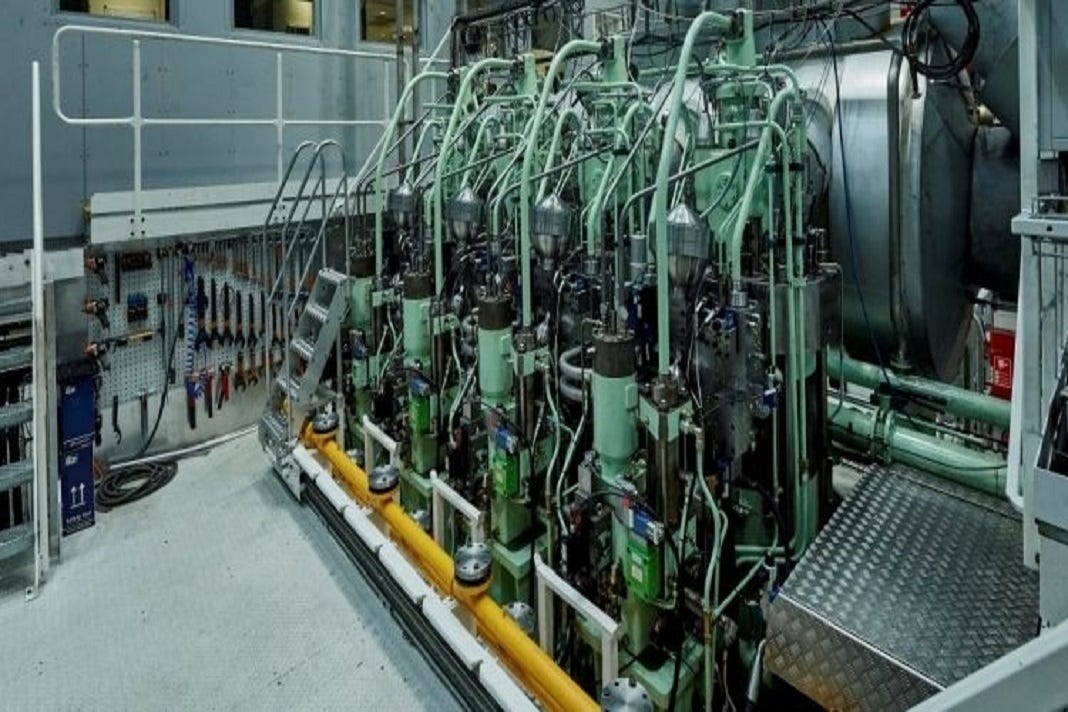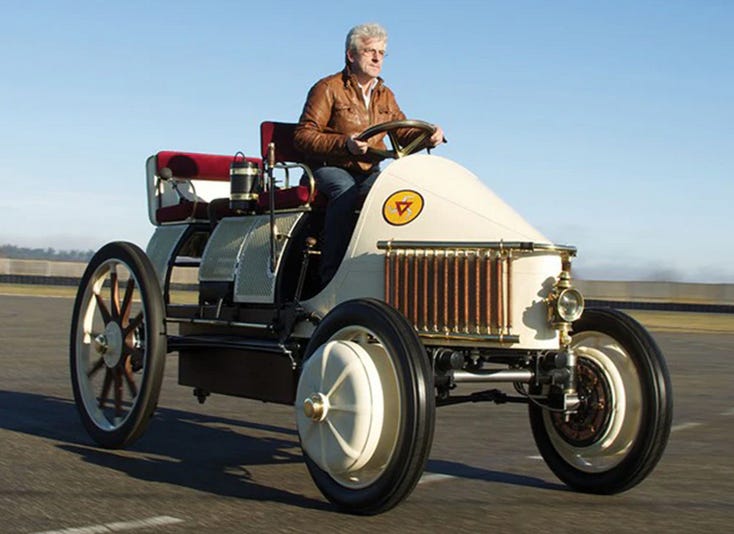This week we will look at alternate ways to store and transport hydrogen. We also look at how we can extend the life of all the petrol driven vehicles once electric vehicles dominate. We find out how AI can reconstruct motor vehicle accidents and finally we discover how 5G networks can power the many internet of things devices.
Hydrogen Transport
Last week we looked at a Hydrogen Paste that allows the easy storage and transport of hydrogen for use in fuel cells in electric vehicles. This week we will look at an alternative way of storing and transporting hydrogen.
Approximately a century ago Fritz Hater and Carl Bosch developed a process to react hydrogen and atmospheric nitrogen to make ammonia (NH3 so each molecule has 3 Hydrogen atoms). Farmers used this as a fertilizer to grow crops faster in order to feed the quickly growing population.
Now Chemical firms have turned to a new market. Hydrogen storage for electric vehicles. The cleanest way to make the ammonia is to split the hydrogen out from water using electrolysis. This requires access to cheap clean power (usually solar) and an abundant water source. The Haber-Bosch process then reacts the hydrogen with atmospheric nitrogen to produce ammonia. Australia and Saudi Arabia are developing the infrastructure for these types of projects.
Ammonia has a higher energy density than hydrogen and it is easier to store and transport. As a store of hydrogen it can be transported over long distances safely without cryogenic storage. Japan is a leading user of hydrogen in industry and electric vehicles. Ammonia is toxic and flammable however there are existing procedures e.g. scrubbers, to deal with this problem.
Researchers at Aarhus University in Denmark and Man Energy Solutions plan to have the first ammonia engines in operation by 2022. These engines will be used for heavy shipping and trains. MAN’s marine engines power approximately 50% of the world’s ocean based trade and the company believes that 3,000 of its current fleet using LPG or LNG can be converted easily to use ammonia.
Electric Vehicles
Over the next decade electric vehicles will become a much larger part of our transport mix. Many countries are banning the sale of ICE (Internal Combustion Engine) vehicles after 2030. Owners of ICE vehicles will find it harder to find fuel and their cars will quickly lose resale value.
One way to avoid this loss of value is to turn an ICE vehicle into an electric vehicle by changing the wheels. Several companies are currently developing electric motors that fit inside the wheel. Converting a car to electric power is only a matter of changing the wheels and installing an electric power source.
Fitting electric wheels onto a conventional car is not a new idea. Ferdinand Porsche put an electric motor into the wheels of a car at the end of the 19th century. (This is a reconstruction of that vehicle)
Mounting the motors in the wheel saves space in the chassis and according to Nissan will also allow for a more intuitive driving experience. An Australian company working on the technology is Evans Electric. Their solution is aimed at passenger vehicles.
Slovenian company, Elaphe have developed a range of solutions. Their wheels are suitable for small electric and hybrid vehicles right up to buses and trains. UK company Protean Electric produces electric wheels for light commercial and passenger vehicles. I suspect that we will see a growing market for electric vehicle conversions over the next 5 to 10 years.
Accident Reconstruction
We have all been stuck in traffic jams after an accident. At times this is due to police and other authorities taking painstaking measurements of the accident site, skid marks and other features to identify fault. US based startup, Nexar, is aiming to fix this problem.
Working with a Japanese Insurance company they have released an AI based system that combines the use of footage captured by an onboard dash cam and information from the car’s sensors with an app that can reconstruct exactly what happened in a crash. Nexar claims that they can identify 90% of accidents and report them to authorities and insurance companies with one click. There are currently over 200,000 drivers using the system in Japan.
This type of system is likely to be mandatory for self driving cars where it is possible that there will be no accident witnesses.
Taking this idea of removing human intervention (and thus cost) one step further, Solaria Labs, a subsidiary of US Insurer Liberty Mutual, has developed an AI based system to assess accident damage. The driver takes photos of the damage to their vehicle after an accident. Uploads the photos to the Insurer where the AI assesses the damage then provides cost estimates and approval for repair. The next logical step is to link in approved repair yards and have an appointment for towing (if required) and repair immediately actioned. The whole process can take place in real time. Now all we need is a way to stop drivers from slowing down to look at the crashed cars.
5G Networks as wireless power grids
Researchers from Georgia Tech have developed a new way of using the excess capacity in 5G mobile networks as a wireless power grid. This power can drive the many small Internet of Things (IOT) devices that currently require batteries to operate.
They used a flexible Rotman Lens based rectifying antenna system that can harvest millimeter-wave energy in the 28 Gigahertz band. Rotman Lenses are typically used in radar surveillance systems. The system is directionally agnostic which allows it to work in any setting. All of the energy collected is combined and fed into a single rectifier to maximize efficiency. This allowed a 21 fold increase in harvesting power compared to similar systems.
The palm sized harvester can be printed on a multitude of everyday flexible and rigid objects. At some time in the future this type of technology may replace batteries for smaller devices. This would truly revolutionize the design and uptake of IOT devices.
Paying it Forward
If you have a start-up or know of a start-up that has a product ready for market please let me know. I would be happy to have a look and feature the startup in this newsletter. Also if any startups need introductions please get in touch and I will help where I can.
If you have any questions or comments please email me via my website craigcarlyon.com or comment below.
I would also appreciate it if you could forward this newsletter to anyone that you think might be interested.
Till next week.







